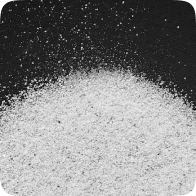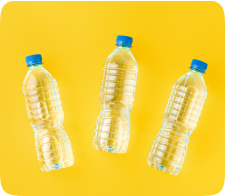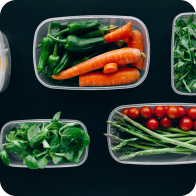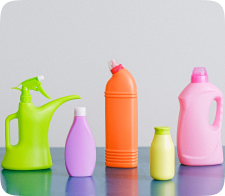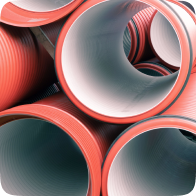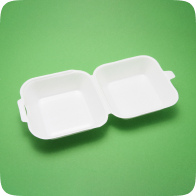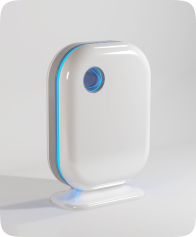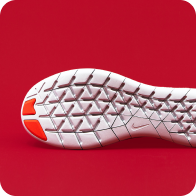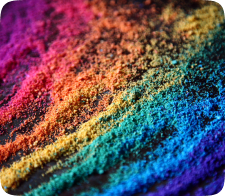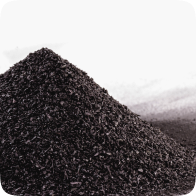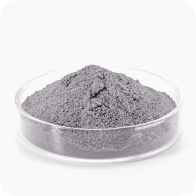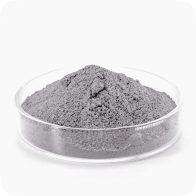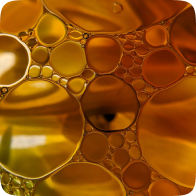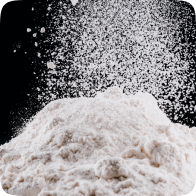Trading

Textile
Trading
We fuel new growth with experienced
global marketing services and infrastructure
-

-


-

with the best customer
satisfaction serviceLeading the
trade industryMarket development
through global networks and handling
various chemical productsChemical PU, through Hyosung’s extensive global network, diversifies its product lineup and
contributes to customer satisfaction. It is also dedicated to the development and nurturing of
chemical products for the future growth businesses.
In addition to traditional chemical fields like petrochemical products and fine chemical
products, we import and export a wide range of chemical products, including basic raw
materials such as ore concentrates. We aim to achieve our vision of growing into a leading
chemical specialist of trading company by expanding the import and export of chemical
products and activating three-way of trading to provide the best customer satisfaction
service. -


-

Types of Products
-
Synthetic fiber raw materials
TPA, PX,
PET Chip, PSF, PIA -
Synthetic resin products
PP, PE, ABS, PS, PVC, etc.
-
Fine chemical products including
MDI, TDI, ECH, BPA, NPG, nitric acid, ammonium, etc.
-
Chemical products for mining and smelting
Ore concentrates (gold/lead/zinc/copper/antimony), sodium cyanide, zinc dust
-
Others
Raw materials for biofuels (biodiesel and bio-kerosene), titanium dioxide, etc.
Synthetic fiber
raw material

Polyester, the most widely used synthetic fiber, is chemically stable. Since the crystallinity of molecules is high and strong at room temperature, they have a higher strength than natural fibers/materials and lower elongation, which is also widely used in organic solvents.
Due to its good productivity and compatibility with natural fibers, the demand for it continues to increase.
It is used in a wide range of products, from essential everyday items like textile yarns, fabric products, food and beverage packaging to industrial products like tire cords.
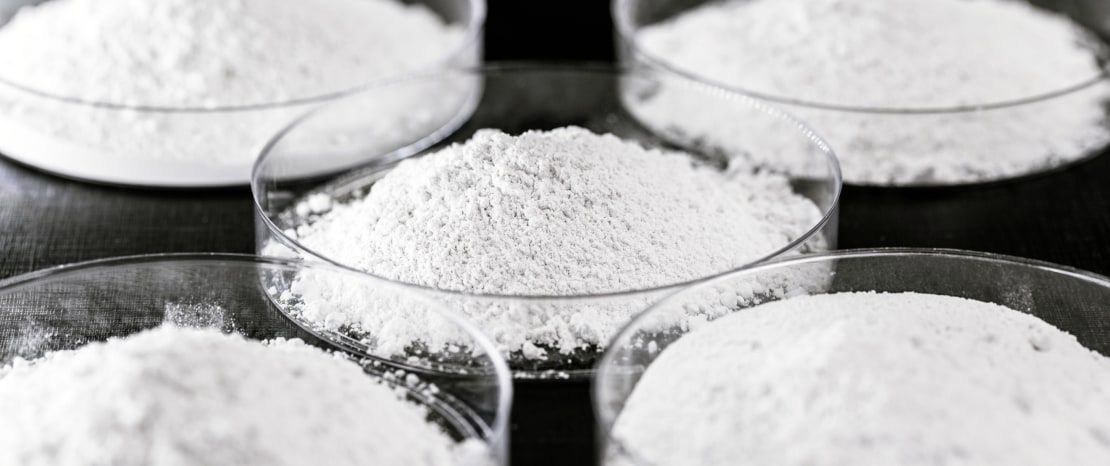
TPA
Terephthalic acid
TPA, commonly known as terephthalic acid, is a white crystalline powder produced through the oxidation, purification, separation, and drying processes using purified para-xylene obtained from crude oil as the main raw material. TPA is classified into the categories based on the production process: purified terephthalic acid (PTA) and qualified terephthalic acid (QTA). It is primarily used as a key raw material for polyester fibers, PET resin, film coatings, and engineering plastics. TPA offers excellent heat resistance, abrasion resistance, and insulation properties, making it suitable for various applications in industries such as packaging, electronics, electrical appliances, industrial materials, construction materials, and mechanical components.
The Characteristics of TPA
-
Packing
Sea-Bulk, 1.1MT, 1.2MT Net in Jumbo Polypropylene Bag with Inner Plastic Bag
-
Application
Fiber-grade CHIP, Bottle-grade CHIP, Filament yarn, Staple fiber, and Plastic Resin
-
Specification
ITEM UNIT SPECIFICATION DATA APPEARANCE - WHITE POWDER WHITE POWDER ACID VALUE mg KOH/g 675±2 - DMF COLOR APHA 10≥ - IRON wt ppm 1≥ - 4-CBA wt ppm 25≥ - p-TOLUIC ACID wt ppm 200≥ - DMF COLOR APHA 10≥ - MOISTURE wt % 0.2≥ - ASH wt ppm 10≥ - TOTAL METAL wt ppm 4≥ - COLOR b - 1.5≥ -

PET CHIP
PET CHIP
PET CHIP serves as the primary raw material for manufacturing PET bottles, PET film, and PET yarn. They are produced through a series of processes, starting with the mixing of terephthalic acid (TPA) and ethylene glycol (EG) to create the liquid PET resin, which is then solidified through a polymerization reaction. This results in a white, odorless PET CHIP with variable properties. PET CHIP is predominantly used in the production of containers for various products, including food and beverages. It is non-toxic, clean, cost-effective, and environmentally friendly, making it a material that can replace glass, aluminum, and other synthetic resins.
The Characteristics of PET CHIP
-
Special feature & Strength
PET CHIP offers high productivity and excellent processability. They generate low levels of acetaldehyde (AA), making them suitable for food and beverage containers. Their high heat stability prevents yellowing. They exhibit outstanding chemical resistance, exceptional transparency, and mechanical properties.
-
Application
Containers for fruit juices, ion beverages (sports drinks), bottled water, cosmetics, and hair treatment products. Sheet extrusion applications: film, blister packaging, packaging for agricultural and construction materials, and advertising boards
-
Specification
I.V(DI/g) Glass trasition temperature(℃) A.A(ppm) Density(g/cm3) Moisture(%) Chip Size(mm) 0.8 79 245 Max 1 1.4 1.9X1.9X2.7 0.84 79 245 Max 1 1.4 1.9X1.9X2.7

PSF
Polyester Staple Fiber
High-purity terephthalic acid (PTA) and ethylene glycol (EG), which are raw materials for polyester, undergo a polymerization reaction under heat and pressure, resulting in a gel-like polymer. This polymer is then extruded and subjected to a continuous process to impart various properties, eventually being cut into short fibers, creating Polyester Stable Fiber (PSF). PSF is used extensively not only for clothing but also for industrial purposes. In its fiber form, it is used as filling material for clothing, bedding, furniture, and even more. It can also be twisted into yarn for weaving applications. Additionally, it can be compressed into non-woven fabrics for various industrial applications, including automotive, construction, furniture, hygiene products, agriculture, and more. Its range of applications continues to expand.
The Characteristics of PSF
-
Special feature & Strength
Resistant to stretching and shrinking, and highly resistant to most chemical agents
Easily dyed and washable
Strong resistance to wrinkles, wear and tear, and heat -
Application
Used in a various forms of clothing
Household items: Carpets, curtains, sheets and pillowcases, wallpapers, and interior decorations
Other usage: Hoses, power belts, ropes and nets, threads, tire cords, sails, and fiber fillers (for pillows and furniture) -
Specification
Test Item Item Deniar Length(mm) Luster Remarks For Spinning Regular 0.8, 1.0, 1.2, 1.4 32, 38 SD Max 0.39 High Tenacity 0.8, 1.0, 1.2 32, 38, 44 SD, BR, OB Sewing yarn Optical Bright 0.8, 1.0, 1.2 22, 38, 51, 76 OB Super Bright 1.0, 1.2 32, 38, 44, 51 SBR For Stuffing Padding Regular 1.2, 1.4, 2, 3, 7 38, 51, 64 SD Synthetic
LeatherConjugate 7.0, 15.0 32, 51, 64, 76 SD Siliconized,
Non-Siliconized
Semi-Slick, Slick
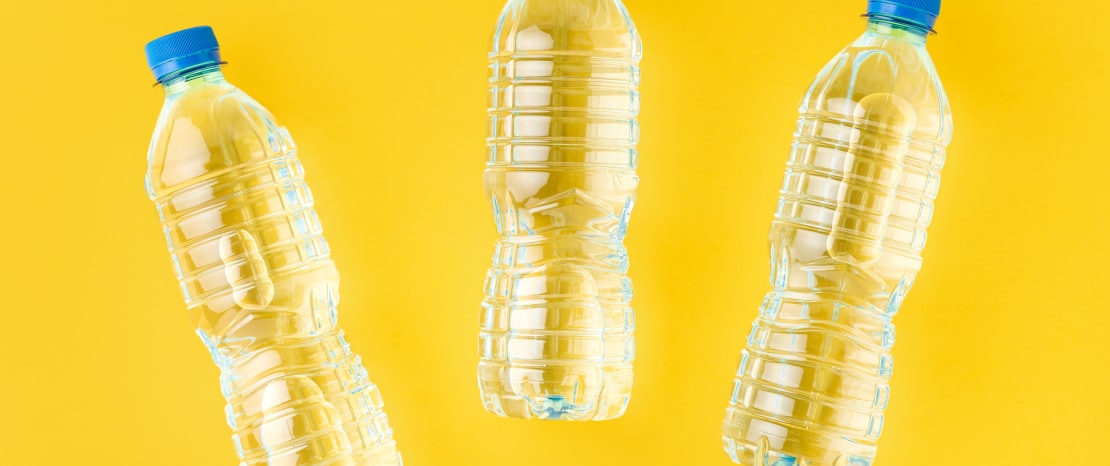
PIA
PURIFIED ISOPHTHALIC ACID
PIA is an organic compound primarily derived from metaxylene, one of the three isomers of xylene.
It is a colorless solid. Due to its excellent durability, processability, gloss, and corrosion resistance,
PIA is used as a raw material in the production of PET bottles, paints (for automotive and marine coatings), adhesives, etc.
Applications
Synthetic resin products
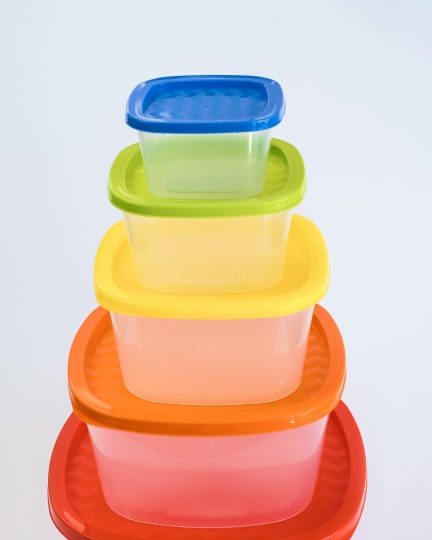
Synthetic resins are used in various aspects of life to enhance the quality of life. They serve as raw materials for products used in everyday life, from building materials and components like films, automobiles, and pipes to consumer goods like plastic containers, refrigerators, and TVs. As interest in quality of life and the environment continues to rise, the demand for these products is steadily increasing.
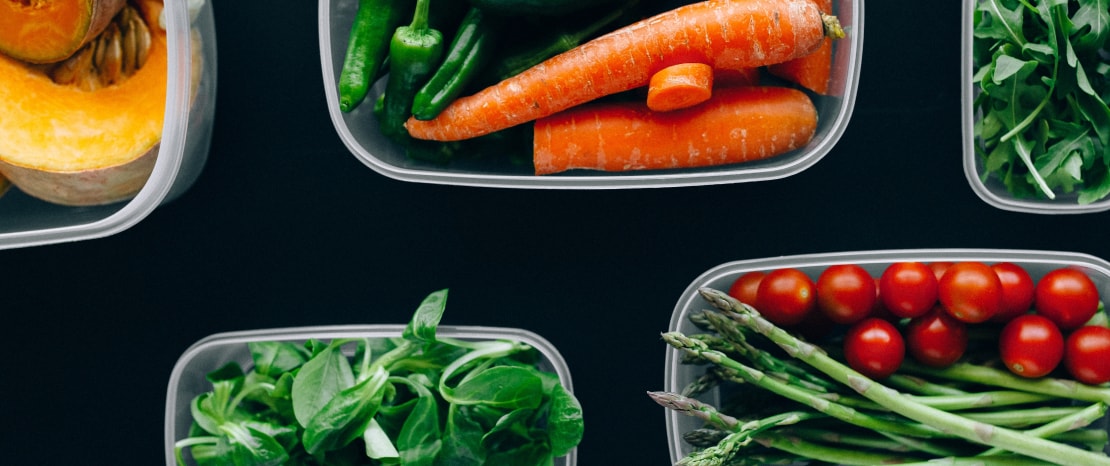
PP
Polypropylene
Heat-resistant resin obtained by polymerizing propylene
Excellent tensile and impact strength, as well as resistance to heat and chemicals
Homo-Polymer
: Composed of single bonds of propylene monomers, used for general purposes such as household items and industrial components
Block(impact) copolymer
: Provides impact resistance to homo-polymer, allowing the production of products requiring high-impact strength, such as automotive, electrical, and electronic products
Random copolymer
: Products that provide transparency to homo-polymer, used for food packaging containers, among other applications
Applications
-
Injection
Furniture, boxes, outdoor chairs
-
Yarn
Nets, ropes, fishing nets
-
Extrusion
Packaging films, pipes
-
Fiber
Carpets, diapers, non-woven fabrics
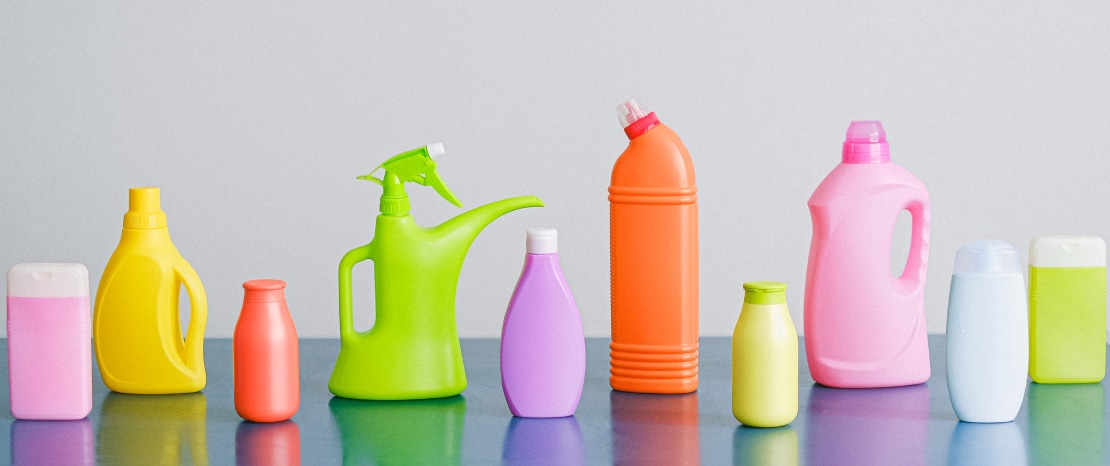
PE
Polyethylene
Chain-shaped polymer compound formed by the polymerization of ethylene
Classified as low-density and high-density polyethylene by density
HDPE(High Density Polyethylene)
: Polyethylene with a density of 0.94 or higher, used in the production of pipes, chemical containers, and more.
LDPE(Low Density Polyethylene)
: Resin generated by the polymerization of ethylene, known for its excellent processability and transparency, used in agriculture, packaging films, wraps, and more
LLDPE(Linear Low Density Polyethylene)
: Polyethylene with a density of 0.94 or lower, primarily used in packaging films and food packaging, etc.
Applications
-
Injection
Furniture, boxes, pallets, and more
-
Blow molding
Cosmetic containers, detergent bottles, and more
-
Yarn
Nets, fishing nets, tarps, and more
-
Extrusion(Film)
Greenhouse films, plastic bags, and more
-
Extrusion(pipe)
Portable water pipes, sewage pipes, gas pipes, and more
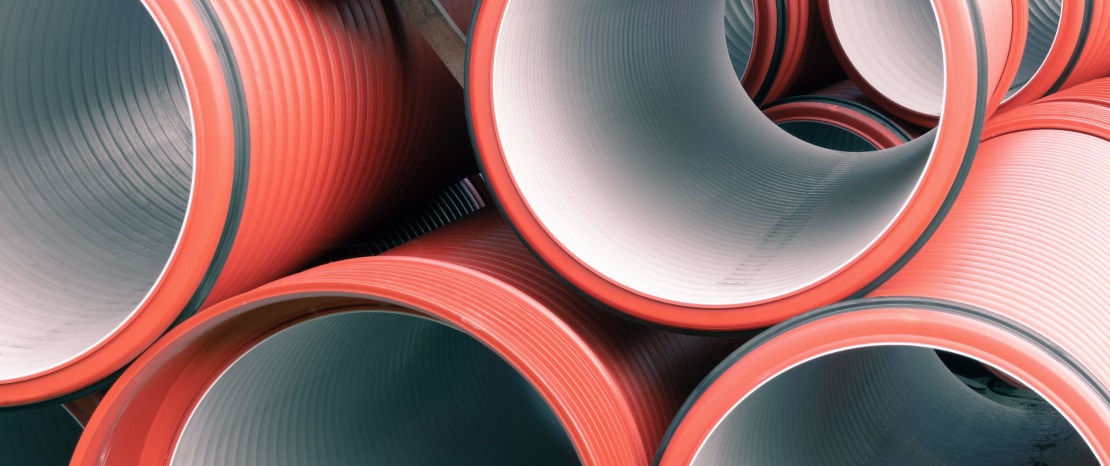
PVC
Polyvinyl Chloride
Also known as "chloroethylene polymer" or “vinyl chloride resin”
Applications

PS
Polystyrene
PS(Polystyrene), GPPS(General Purpose Polystyrene)
: It exhibits excellent transparency, heat resistance, and colorability.
Ideal for food packaging
HIPS(High Impact Polystryene)
: It is created by dissolving synthetic rubber Impact strength is enhanced by adding 5-15% of rubber.
Applications
-
GPPS
Disposable cups, transparent parts of household electronic devices
-
HIPS
Household electronic devices, yogurt containers

ABS
ABS Resin
A copolymer made from acrylonitrile, butadiene, and styrene
It has an excellent surface gloss, mechanical and electrical properties, and chemical resistance.
Applications
-
General ABS
Pipes, vacuum cleaners, washing machines, telephones, etc.
-
Flame retardant ABS
Monitors, copiers, office automation devices, etc.
-
Transparent ABS
Computer peripherals, home appliances, toys, etc.
-
Heat resistance ABS
Automotive interior and exterior parts, electrical and electronic product housings, etc.
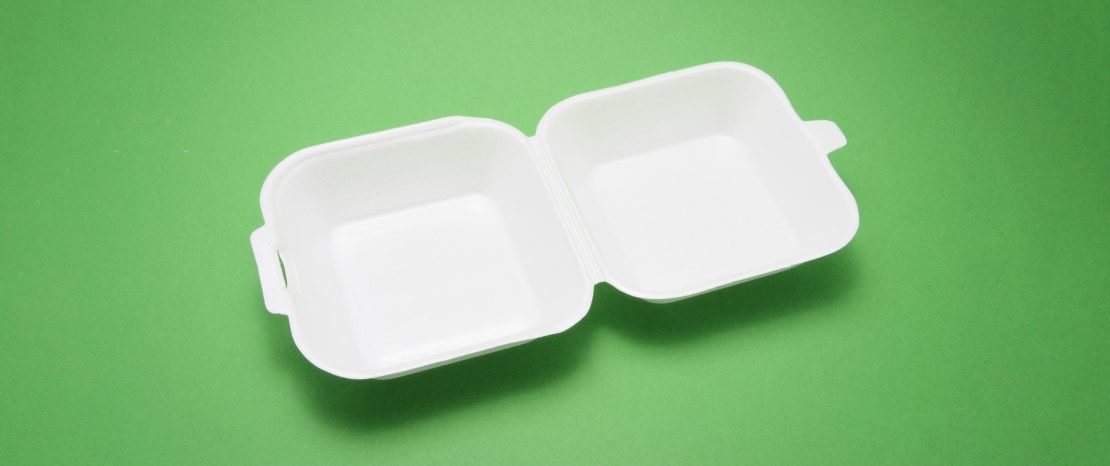
EPS
Expanded Polystyrene
A resin formed by expanding polystyrene resin through a foaming agent
It is lightweight, water-resistant, insulating, sound-absorbing, andcushioning.
Applications
-
General Purpose EPS
Fish box, Grape box, electronics LCD packages
-
Flame retardant EPS
Construction blocks, panels

PC
Polycarbonate
A heat-resistant plastic composed of a chain structure of bisphenol A and phosgene.
It has a high impact strength and good heat resistance.
Low-temperature characteristics, stability under the light, and minimal oxidation during processing.
Applications
-
Optical Media
CD, DVD, etc.
-
Medical Use
Syringes, lenses, etc.
-
Automotive
Headlamps, automotive light bulbs, etc.
-
Kitchen Goods
Food containers, microwave parts, etc.
Fine Chemicals
products
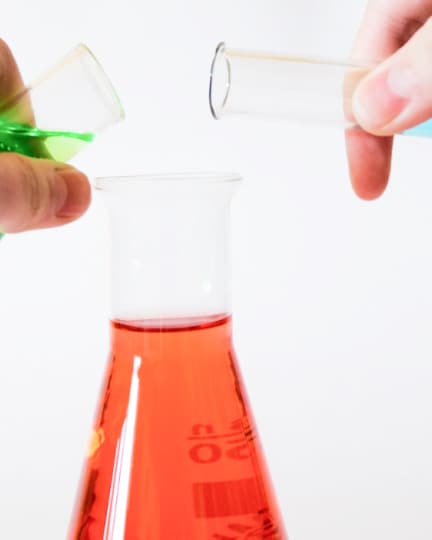
Fine chemicals refer to a field of the chemical industry that requires advanced technology, unlike large-scale chemical industries such as petrochemicals, chemical fertilizers, and cement production.
We supply the fine chemical products, including urethane raw materials, coating and paint raw materials, as well as inorganic chemicals such as nitric acid and ammonia, to customers worldwide.
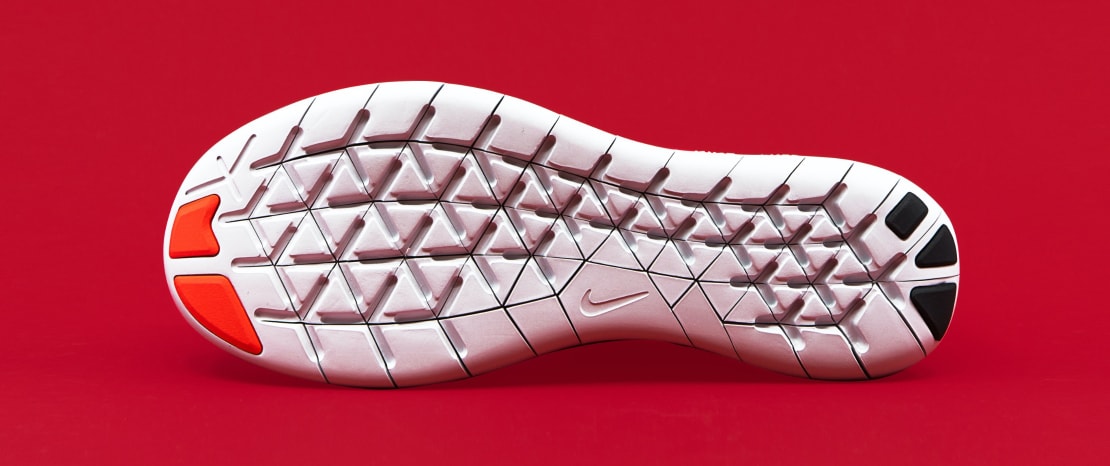
MDI
METHYLENE DIPHENYL DISOCYANTE
Aromatic disocyanate of benzene base are categorized into three products:
Polymeric MDI
: Used for various applications, including rigid foam, semi-rigid foam,
and case applications. Different grades based on viscosity are available for selection
depending on the application.
Monomeric MDI
: High-purity, refined MDI used in applications such as Spandex, TPU, synthetic leather, and various elastomers
Modified MDI
: This product modifies monomeric MDI by carbodiimide treatment to maintain a low-viscosity liquid state at room temperature. It is easy to handle and improves foaming properties and moldability when used in polyurethane foam.
Applications
-
Polymeric MDI
REFRIGERATOR, CONSTRUCTION PANEL, SPRAY FOAM
-
Monomeric MDI
SPANDEX, TPU, SYNTHETIC LEATHER, SHOESOLE
-
Modified MDI
STEERING WHEEL, ADHESIVE, TRACK
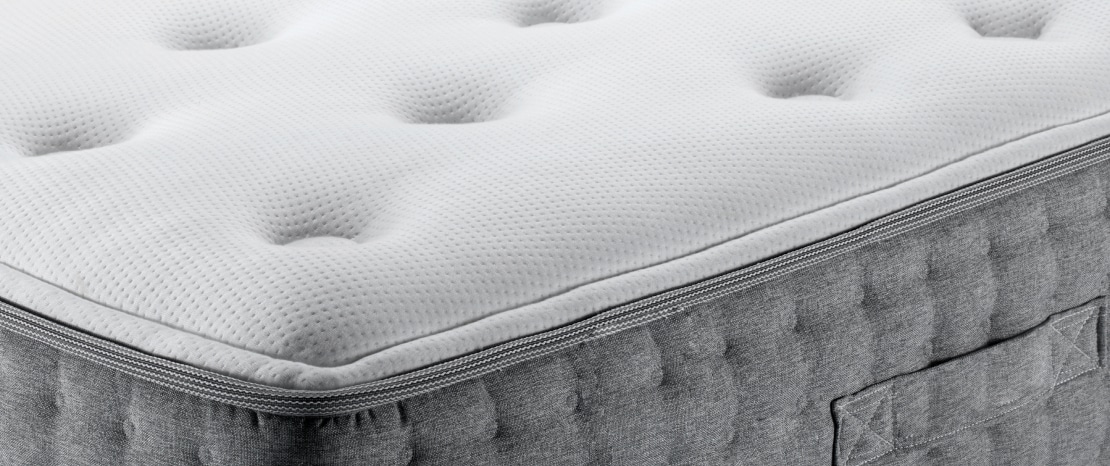
TDI
/ PPG
TOLUENE DISOCYANTE / POLY PROPYLENE GLYCOL
TDI is a toluene-based aromatic diisocyanate, while PPG is an ether polyol.
These two materials undergo a urethane reaction to produce flexible polyurethane foam used in various applications such as furniture and mattress components.
Applications

PTMG
POLY TETRAMETHYLENE ETHER GLYCOL
We supply our own high-quality product, Hyosung PTMG, developed with proprietary technology.
PTMG is a copolymer of tetrahydrofuran (THF) and resembles a white wax-like solid. At temperatures higher than room temperature, it becomes a clean, colorless, viscous liquid.
It is used as a raw material for Spandex, polyurethane resin, elastomers, and exhibits excellent resistance to hydrolysis and low-temperature elastic recovery properties within the final product.
Applications
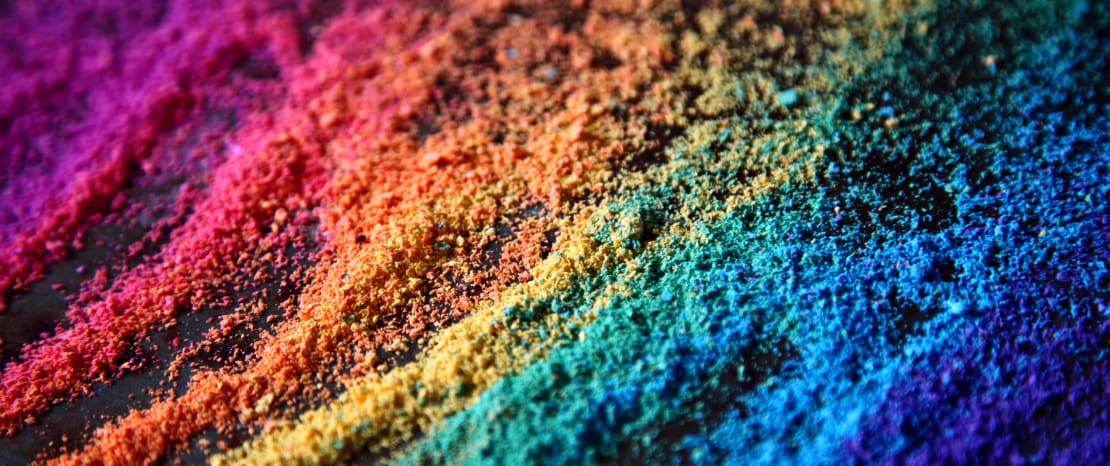
NPG(NEOPENTYL GLYCOL)
Coatings, Paints, Epoxies
NPG is a compound containing hydroxyl (-OH) or amino (-NH2) groups, which are used in organic reactions.
It is typically a mixture of isobutyl aldehyde and formaldehyde and is commonly used in the production of polyester resins and polyurethane resins.
Applications

ECH(EPICHLOROHYDRIN)
Coatings, Paints, Epoxies
ECH is an organic chlorine compound and an epoxide that emits a garlic-like odor.
It is a colorless liquid that can dissolve in water but is more commonly mixed with polar organic solvents.
Applications

BPA(BISPHENOL-A)
Coatings, Paints, Epoxies
Manufactured by the condensation reaction of phenol and acetone, BPA and phosgene react under two-phase conditions to produce polycarbonate and mainly to make plastic.
Applications
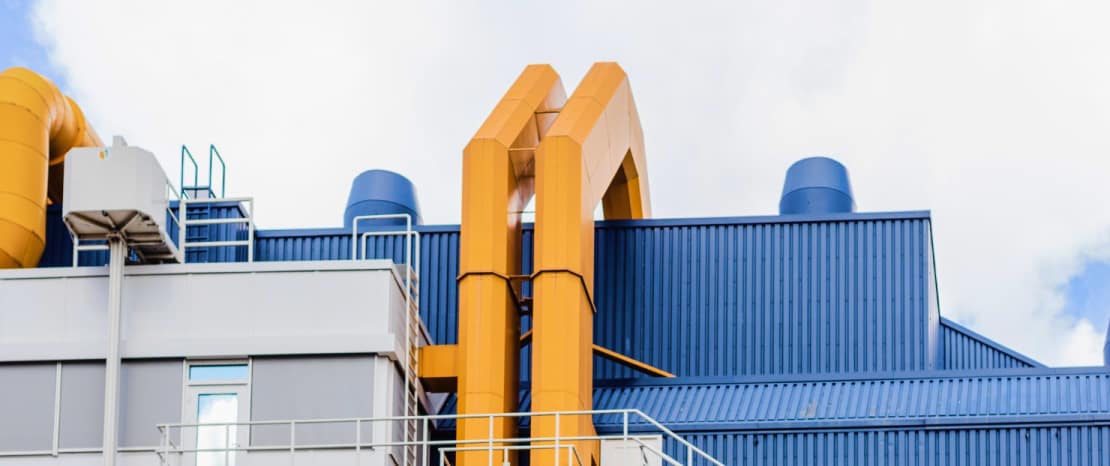
Nitric Acid
Inorganic Chemicals and Others
Nitric acid is a liquid produced through an oxidation process from ammonia.
It is used in various applications, including ammonium nitrate production, polyurethane production, dyes, and pigments.
Applications

AMMONIUM NITRATE
Inorganic Chemicals and Others
Ammonium nitrate is formed through the reaction of nitric acid and ammonia, resulting in a nearly odorless, white crystalline substance.
Applications

PLASTICIZER
Inorganic Chemicals and Others
Plasticizers, also known as dispersants, are additives that increase the solvency or fluidity of materials.
They are widely used in plastics, especially polyvinyl chloride (PVC), concrete, clay, and related products to improve their properties.
Applications

DIMETHYL TEREPHTHALATE
Inorganic Chemicals and Others
DMT is produced through the esterification of terephthalic acid.
It is used in the synthesis of various materials, including PET and PBT plastics, films, fibers, engineering plastics, adhesives, etc.
Applications
Chemical Products
for Mining and
Concentrates

Concentrates are earthy products containing specific minerals produced from mines.
The main mining chemicals used are sodium cyanide (for gold extraction) and zinc dust.
Major
Products
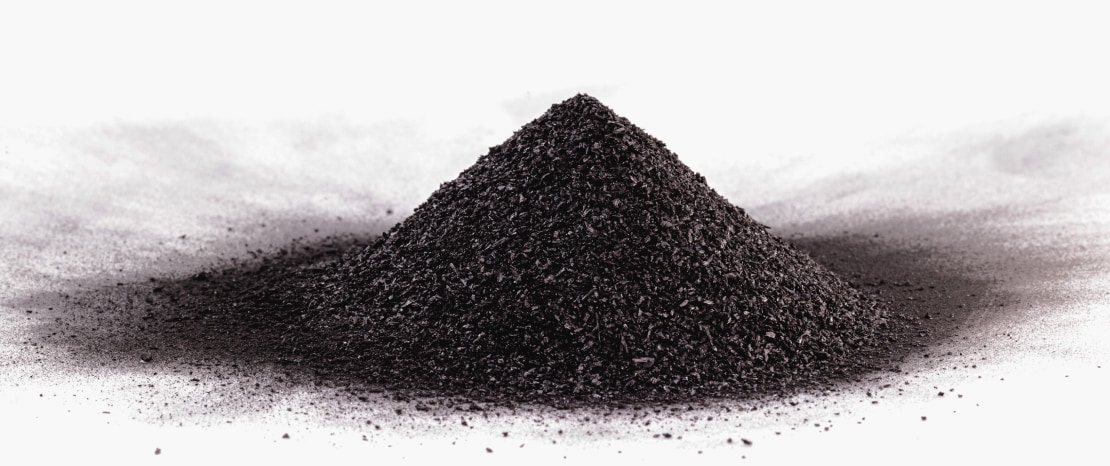
Concentrate
Concentrates are earthy products obtained from mines, and they go through the further concentration processes to increase the purity of specific minerals.
Gold Concentrate
: Gold refining and purification processes transform concentrates (typically over 20 grams/ton) into nearly pure metals, depending on the contained minerals. Gold produced in this manner is mainly used in jewelry, electronics manufacturing, and investment products.
Lead Concentrate
: Lead concentrates typically contain over 60% lead (Pb) and are processed to produce the refined lead. Refined lead is mainly used in vehicles’s lead-acid batteries and construction materials.
Zinc Concentrate
: Zinc concentrates usually contain around 50% zinc (Zn) and are processed to produce the refined zinc. Refined zinc is primarily used for galvanizing steel products and in the manufacture of zinc alloys, zinc sheets, and various chemical products (e.g., zinc oxide, zinc sulfate).
Copper Concentrate
: Copper concentrates typically contain around 27% copper (Cu) and are processed to produce the refined copper. Refined copper is used primarily in the production of electrical wires, pipes, roofing materials, and coin minting.
Antimony Concentrate
: Antimony concentrates typically contain around 35% antimony (Sb) and are processed to produce the refined antimony. Refined antimony is used as a flame retardant and in batteries, with increasing usage in the semiconductor industry.
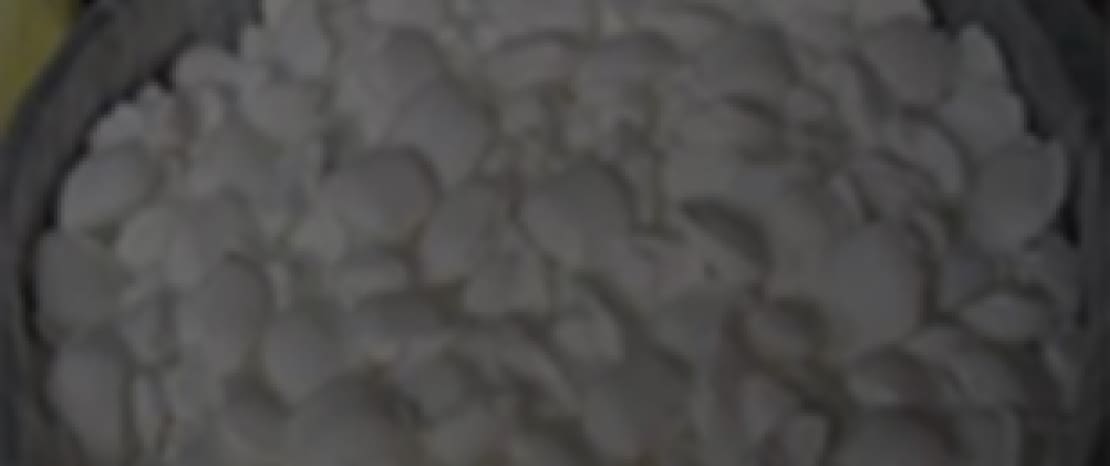
Sodium Cyanide
Sodium cyanide is a product primarily traded in solid form, and it is produced from hydrocyanic acid and sodium hydroxide. It is considered a strategic and hazardous material, requiring extreme caution in handling and export. Sodium cyanide is mainly used for the extraction of precious metals, such as gold and silver, in mining operations. It also finds applications in electroplating and in the manufacturing of pharmaceuticals and pesticides.
Applications
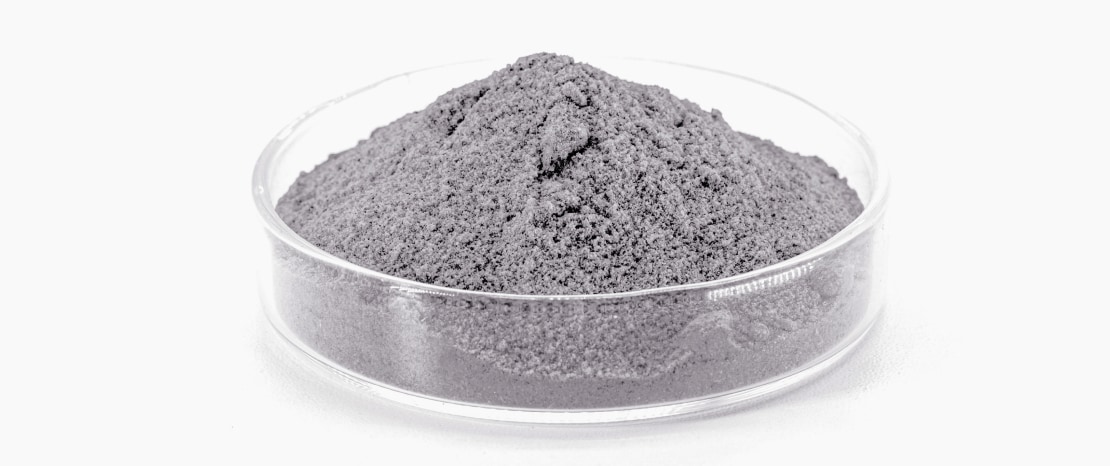
Zinc Dust
Also known as zinc powder, it is a powdered form of zinc metal. It is used as a reducing agent to recover precious metals dissolved in sodium cyanide in gold and silver mining operations. Additionally, it has applications in anti-corrosion coatings and pharmaceuticals.
Applications
Others
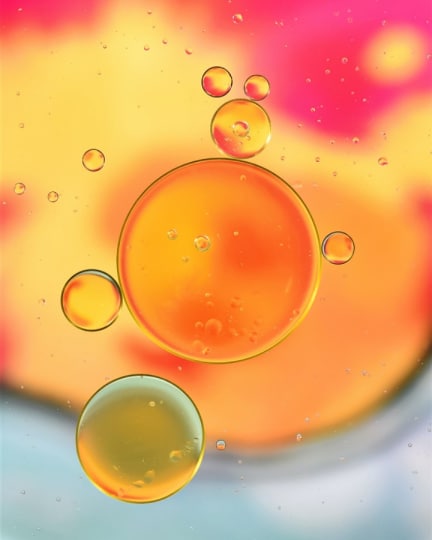
Biofuels and other related products that are traded in the field of biofuels.
Major
Products
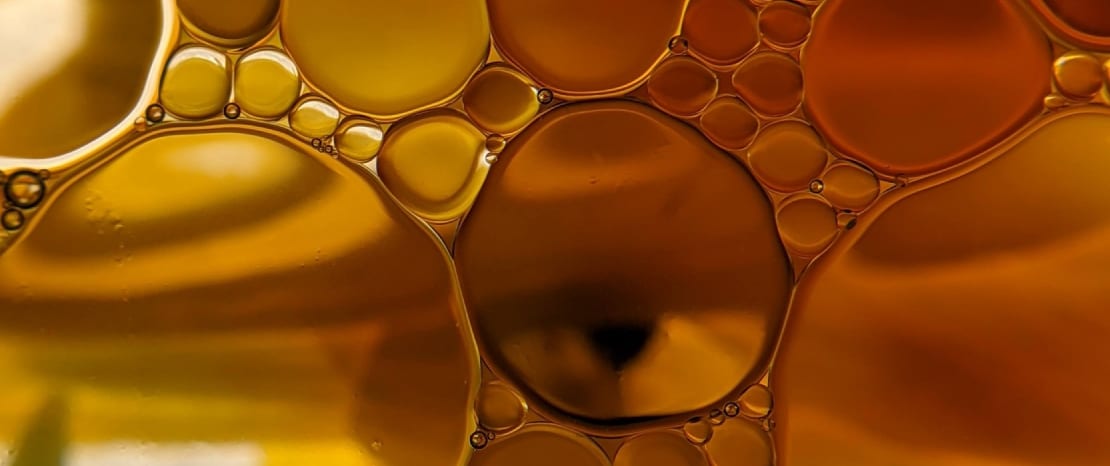
BIOFUELS
Biofuels raw material trading
As a global warming intensifies and unpredictable weather events such as droughts and floods become more frequent, countries and markets are expanding and strengthening policies for carbon neutrality. Given that internal combustion engines are essential in various sectors such as freight trucks, ships, and airplanes, the absolute usage (blend ratio) of biofuels is expected to increase. Consequently, trading of biofuel feedstocks is expanding in response to these trends.
Bio-Diesel Feedstock : Used Cooking Oil (UCO), Palm Oil, POME
Bio-Heavy Oil Feedstock : Cashew Nutshell Liquid (CNSL), BD Pitch
Used Cooking Oil(UCO)
: UCO is collected from domestic and international sources and used as a feedstock for bio-diesel production.
Palm Oil
: Palm oil is a versatile raw material used in both food and industrial applications, primarily as a feedstock for bio-diesel and bio-heavy oil production.
Cashew Nutshell Liquid(CNSL)
: A liquid obtained from cashew nut shells and is used as a raw material for bio-kerosene and bio-marine fuel
Pitch
: Pitch is used as a feedstock for bio-heavy oil in the production process of specialty chemicals and bio-diesel.
CPL(Caprolactam)
: Cyclohexanone is produced by reacting benzene and hydrogen, and it is then oxidized to synthesize
ammonia.
This process is used in the manufacture of nylon fibers (Nylon 6) and nylon resin.
Nylon 6 serves as a raw material in the chemical fiber, mechanical, and electronics industries, where it is used to make nylon fibers and resin.
Applications
-
Industrial Use
Used in applications such as fishing nets, electrical appliance connectors, and more
-
Packaging Applications
Utilized for food packaging purposes
-
Textiles
Used in the production of sports clothing, swimwear, carpets, umbrellas, and other textile products
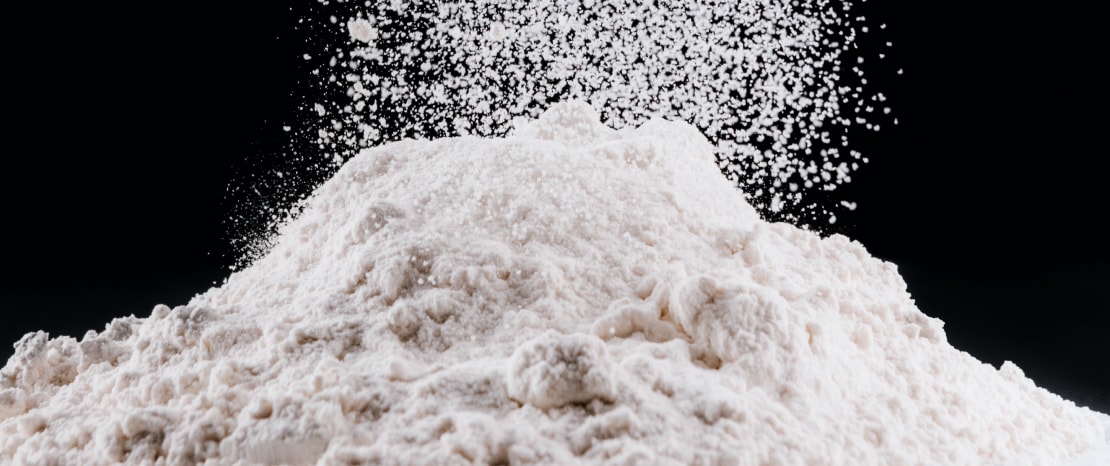
TiO2
Titanium dioxide (TiO2) is a white powder pigment known for its excellent covering power and coloring ability. It is a highly stable substance both physically and chemically.
TiO2 can be classified into rutile or anatase forms depending on the raw materials used and can also be categorized by the manufacturing process, such as the chloride or sulfate process.
Applications
